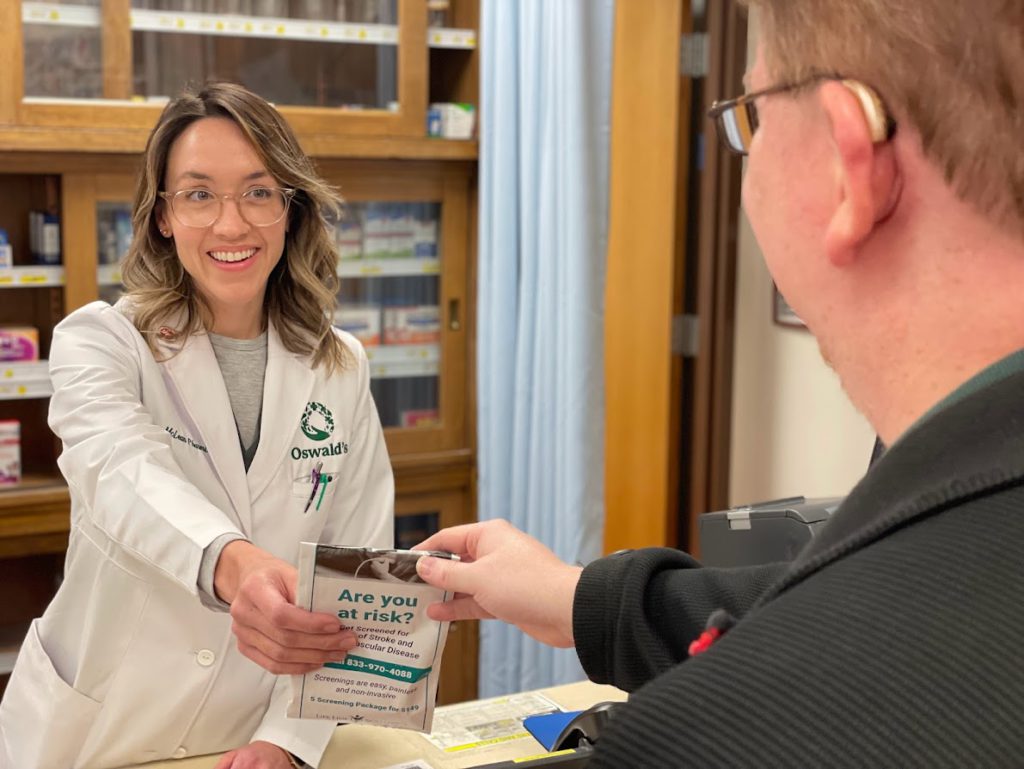Last weekend, I had the opportunity to attend my first pharmacy conference and trade show. The conference was for independent pharmacists and pharmacy owners and was hosted by our wholesaler, McKesson. They entitled it “Ideashare,” and we all made our way down to steamy New Orleans to broaden our knowledge base and get psyched about pharmacy! As Alex’s article dives into the conference, I’ll just comment that I thoroughly enjoyed growing my pharmacy family and getting advice and tips on how to make Oswald’s Pharmacy even better!
After Ideashare, I headed over to the West Coast with my husband and kiddos for my parents’ 50th wedding anniversary celebration. I had a lovely weekend with my family and even got to paddleboard for the first time. Unfortunately, I neglected to take my own advice regarding sunblock application, and I ended up with one of the worst sunburns I’ve ever had. Fortunately, I knew the best treatment course to follow.
Aloe & Anti-Inflammatories
Sunburn is an inflammatory reaction of the skin due to ultraviolet radiation, which causes the blood vessels under the skin to dilate, leading to redness, swelling, and pain. This process begins within an hour after exposure with redness occurring 3 to 4 hours after exposure and peaking at 24 hours. Starting treatment early and avoiding further sun exposure are the best ways to lessen the symptoms associated with sunburn. Even though aloe is seen as a popular option for treatment, it has not been shown to be very effective. I recommend anti-inflammatories, such as naproxen or Aleve (as long as they can be tolerated), first thing after exposure to help lessen the inflammatory response of the body. If you cannot tolerate anti-inflammatories, you can take Tylenol for pain, but it will not help with the inflammatory process.
Cold Compresses, Sprays, & Creams
A cool compress can be applied to the skin or you can take a cool shower or bath, but avoid ice as extreme cold may cause more damage to the skin. Another must after a sunburn is staying hydrated. Increase your fluid intake and avoid excessive alcohol ingestion as that can lead to dehydration. Finally, apply a moisturizing cream or lotion as needed to help lessen peeling and discomfort, and avoid topical numbing sprays or creams as they can cause rashes and worsen irritation.
Most sunburns can be treated symptomatically as previously stated, however, if you believe you have sustained a second-degree burn (a deeper burn causing blistering, skin discoloration, and shiny-looking skin), you may need to seek medical attention for more aggressive treatment. ꝶ


